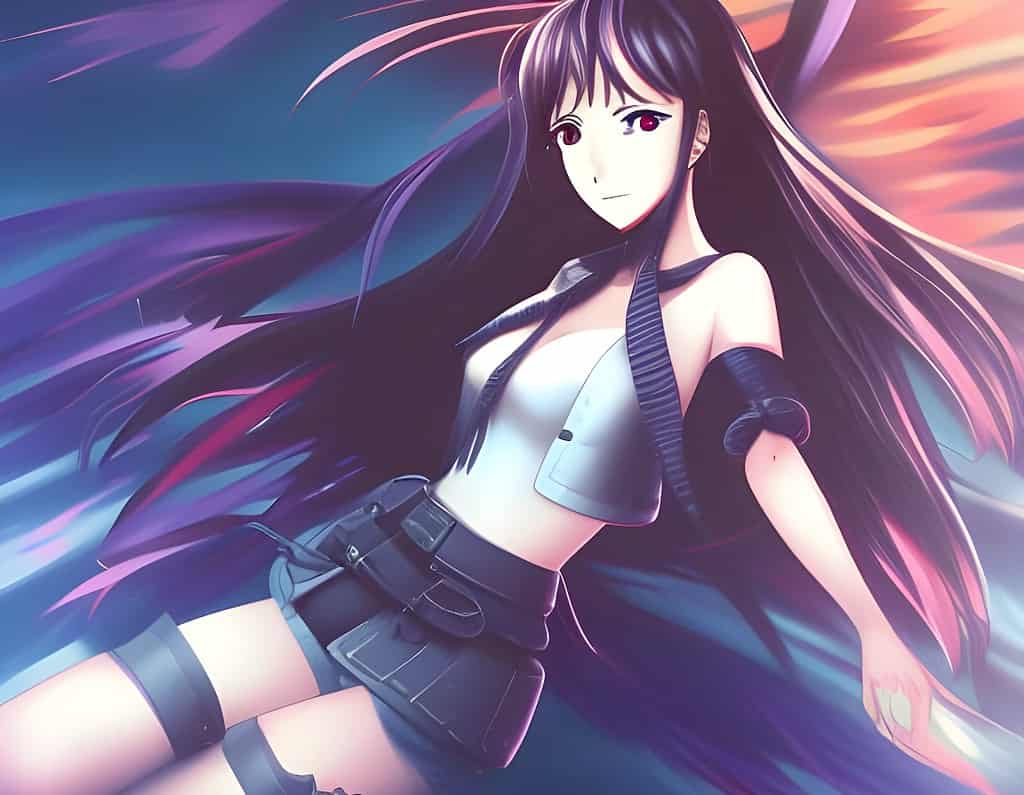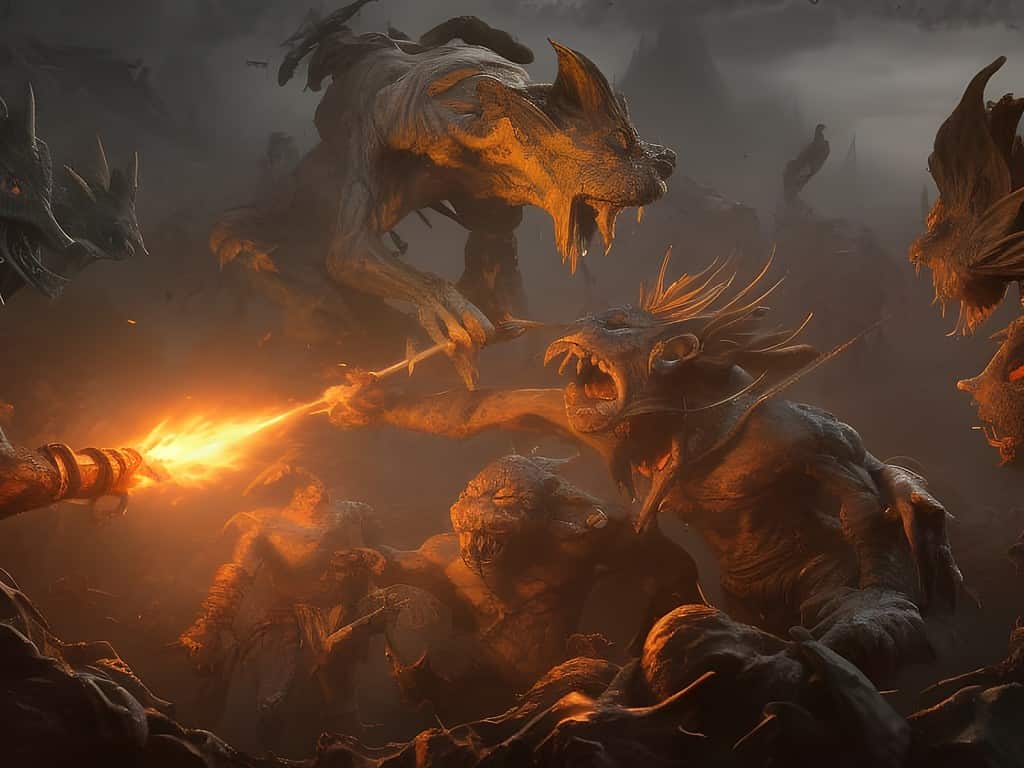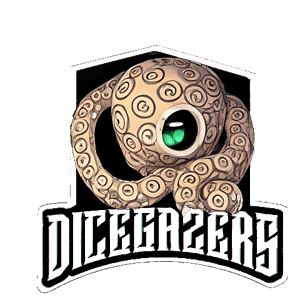Critical hits in tabletop RPGs have been around since 1st edition of Dungeons and Dragons. Since then they have been included in nearly every game either by actual rules, or house rules. There’s more to critical hits in tabletop RPGs than just roll and hit, so let’s cover it.
A critical hit in a tabletop roleplaying game strictly speaking is when you roll the highest number possible naturally on your attack role doing bonus damage. Usually, it’s double damage for most weapons and systems, but some variation can occur like max damage, triple damage, etc.

Introduction to tabletop RPGs and critical hits
Tabletop RPGs are games where 1 player usually acts as a Game(or dungeon) master, and the other players act as characters. Together players and game masters engage in collaborative storytelling within an imaginary game world with a set of rules. The outcome of actions is determined by rolling dice. Critical hits are a special type of outcome that occurs when rolling exceptionally well.
Understanding critical hits in tabletop RPGs
Critical hits typically occur when someone rolls the highest number possible on a die, eg. 20 on a d20. Dnd critical hits can extend this critical range to a natural 19, possibly lower. In more recent tabletop roleplaying games critical hits do maximum damage. Other game systems, and older Dungeons and Dragon’s crit hits, would do double damage or more.
While not an official rule in most game systems, the opposite can also happen. When rolling a 1 on a d20, that becomes a critical failure or a fumble. This is a rule that should be agreed upon by the whole group, my experience is that it does more harm than good.
Impact of critical hits on gameplay
A critical hit can be devastating, often turning the battle for or against players. Critical hits are often a moment of great excitement. Crit hits can be very significant either taking out an enemy in a spectacular fashion, giving enhanced effects to spells, or allowing for creative problem-solving.
Strategies for achieving critical hits
Whether you want to get a critical hit in DnD 5e, Shadowrun, Rifts, or almost any other game, they are mostly a measure of luck. In some game systems, there are ways to increase your critical strike range or chances. A 5e critical hit for example can occur more easily with feats, weapons with better critical chances, skills, or spells.
Players can also increase the odds of a critical hit. Taking advantage of the environment to get high ground, flanking or sneak attack for example. Luck is still a factor even in these situations.

Role of luck in critical hits
Since the result of nearly all attacks is the result of a dice roll, luck is a significant part of critical hits. Every player has either made that amazing dice roll that leads to a 1-hit orc removing wonder or seen it happen. It can also be the exact opposite where it seems none of the players have luck, while the Game master may have it all.
Game designers try to balance critical hits and their impact, though it’s a challenge. Many times I’ve rolled a critical hit only to then roll a 1 on the damage. Having a minimum damage roll get doubled is very underwhelming. This is one of the downsides of dnd critical hits, which is why many people just have crits do max damage.
Variations of critical hits in different RPG systems
Each game system has a slight variation in its critical strike rules. Some have tables for crit locations, some use a simple x2 dmg, while others have critical strike ranges or damage ranges. These variations can sometimes be based on weapons or abilities used.
Houserule critical hits in popular tabletop RPGs
The first time I ever came across critical hits was in Advanced Dungeons and Dragons. It was in that system that I came across a group that had special rules specifically for critical hits. We had a vast table for critical hit locations, effects based on weapon type, and a similar table for critical failures.
I recall at first thinking it was really cool and a lot of fun. If we rolled a 20 on a d20, then we would roll another time to “back up” the crit. I don’t recall the reasoning for backing it up but essentially you just had to roll another strike that hit the target (not another critical). Then we would roll 2 d10s(or percentile dice).
These rules made for incredibly fun moments, though unfortunately the fumble tables always made for embarrassing moments. In fact, we rolled critical failures so much more often that it got to be more of a hindrance to the game, that’s another story read more on critical failures here.
Role of critical hits in character development
In some games, critical hits create moments that a player is really proud of. In addition, they can be used as a character development moment. Depending on the game or group you might use them to come up with nicknames, either for your own character or for someone else’s.
The game master could even use these moments as well. I can easily see getting an audience with someone of importance for winning a duel with a decisive strike. The opposite of course could happen with someone becoming your sworn enemy.
This article talks about critical failures and if you should use them in your tabletop RPG
Critical hits in combat mechanics
During combat critical hits can create an effect either directly or indirectly. For example, you can roll a critical and deal extra damage, or you can take advantage of someone being knocked down and get an automatic critical. Depending on your system critical hits might knock someone prone, disarm them, or have other effects.

Storytelling critical hits
As critical hits occur in games they are opportunities for players and game masters alike to do some storytelling. Generally, it is a good moment to really embellish the strike. You can be really descriptive and fanciful with how it occurs. Alternately you can just be more gruesome, especially if it’s a finishing strike.
I think it’s a good idea to use critical strikes to enhance the style of game being played, or the system played in. For instance, in a fast-paced game, you may allow a crit to automatically take an opponent out of a fight. Or in a high-powered game, you could make it seem like only crits do any damage, with the bad guys ignoring all but the most damaging strikes.
Critical hits as a source of excitement and tension
When you are a new player critical hits can be an exhilarating moment. For players that have played for a long time, they may start to lose their luster. All players though will still get excited when things are tough, and they triumph due to that lucky critical.
Concerns around critical hits
It is common amongst tabletop roleplaying groups that some jealousy creeps in when one player character takes the spotlight all the time. This can occur for many reasons, and critical hits can be one of them. If your character is running around trouncing all the enemies with crit after crit and the others have nothing to fight, it can be frustrating.
For all players and game masters I suggest removing the problem in a simple manner: let other players shine at times where their characters excel.
The fighter in your party only has to swing his sword. That’s what he does, so he should be good at it, and he should swat heads easily. The bard should be great at getting crowds riled up, and the priest should be fantastic with healing. So bring into the mix the skills and abilities that all your characters have so they too are in the spotlight.
Frequently Asked Questions (FAQs)
- Are critical hits always a good thing in tabletop RPGs? Critical hits can be exciting and powerful, but they can cause balance issues. When first starting player characters will have to rely primarily on luck to get them. As times progresses they get some really crazy bonuses making them more reliable.
- Can critical hits be mitigated or countered in tabletop RPGs? Yes, some RPG systems may have mechanics or abilities that allow players to mitigate or counter critical hits. For example, characters may have abilities that grant them resistance or immunity to critical hits. They may be able to use certain tactics or strategies to avoid critical hits as well.
- How often should critical hits occur in tabletop RPGs? The frequency of critical hits should be carefully considered by game designers to avoid making them too common or too rare. It should align with the overall balance and tone of the RPG system, taking into account the desired level of excitement and tension in gameplay.
- Can critical hits be used in non-combat situations in tabletop RPGs? Standardly critical hits occur during combat. You can have critical successes with skills and abilities in some systems as well. Most games use percentile dice for skills though so its difficult to determine when a critical would occur.
- How can players handle critical failures in tabletop RPGs? Critical failures, or rolling a natural 1, can be challenging for players. Like with anything done repeatedly, if your players start having crit failures on a regular basis, they may stop playing altogether. Take caution with critical failure rules, as they are not often a direct rule in all games. I’ve written an entire article on critical failures and how to deal with them here.
